Thinnest iPhone 16 display bezels still a problem for OLED suppliers
The iPhone 16 could end up with even thinner bezels, but it doesn't look like any supplier has successfully gained Apple's approval for it.
Since the iPhone X, Apple has shifted to offer consumers thinner bezels on the iPhone, and has pushed for even thinner versions over time. While it wants to go even further with the iPhone 16, the supply chain's having trouble getting to grips with it.
According to The Elec in a story discussing OLED displays, Apple wants to use a Border Reduction Structure (BRS) on the bottom bezel of the iPhone 16 OLED display.
The problem with production is that going thinner requires more precision, with circuits under the bezel needing to be placed more tightly than in previous variants. Some wiring of the circuitry also needs to be bent downward, which makes designing and producing the displays much harder.
The tricky design change is already causing problems for Apple's usual suppliers. It is claimed that, so far, no-one has managed to secure the iPhone OLED production yield using the technique to a level that Apple wants.
A rumor from March 20 claimed there would be the thinnest bezels yet in the iPhone 16 range, through the use of BRS. In that report, it was said that thinning the bottom bezel was problematic due to heat dissipation issues.
Cost cutting
The report also discusses changes at LG Display regarding its own supply chain for the iPhone 16's OLED display. It is said to be splitting the sourcing of its Display Driver IC (DDI) chips in a potential cost-saving move.
The Display Driver IC (DDI) is a chip that that controls display pixels through a thin film transistor, an important part of an OLED display.
Previously, LG Display relied on LX Semicon for its DDI supply, but it will allegedly start to take chips from Novatech later in 2024.
LG's move is theorized to be a manufacturing cost-cutting move, introducing competition into its own supply chain. This happens at the same time as LG Display enjoys an increase in volume for iPhone OLED shipments, estimated to be up 20% year-on-year.
Despite the theorized growth in orders to Apple from LG, Samsung Display is still anticipated to have the most OLED iPhone display shipments among suppliers. While LG reportedly managed 52.5 million iPhone OLED shipments in 2023, Samsung Display is thought to be in the mid-100 million uits.
The move is one that could be harmful to LX Semicon, as it is speculated that its orders will probably decrease overall if Novatech's DDI shipments are large, even if LG Display's production grows.
Samsung Display and BOE are keeping their DDI chains the same in 2024 as they were in 2023. LX Semicon services BOE while Samsung Electronics System LSI provides chips to Samsung Display.
While The Elec doesn't necessarily have a good track record when it comes to device features, its reporting on supply chain activity is generally much better, and fairly reliable.
Reducing costs is a crucial operation for display producers, especially when considering the potentially small margins at play.
A March rumor claimed that Samsung Display pulled itself out of the running to produce displays for a new iPhone SE 4. While Apple wanted a price per display of around $25, Samsung apparently couldn't go lower than $30 per panel.
 Malcolm Owen
Malcolm Owen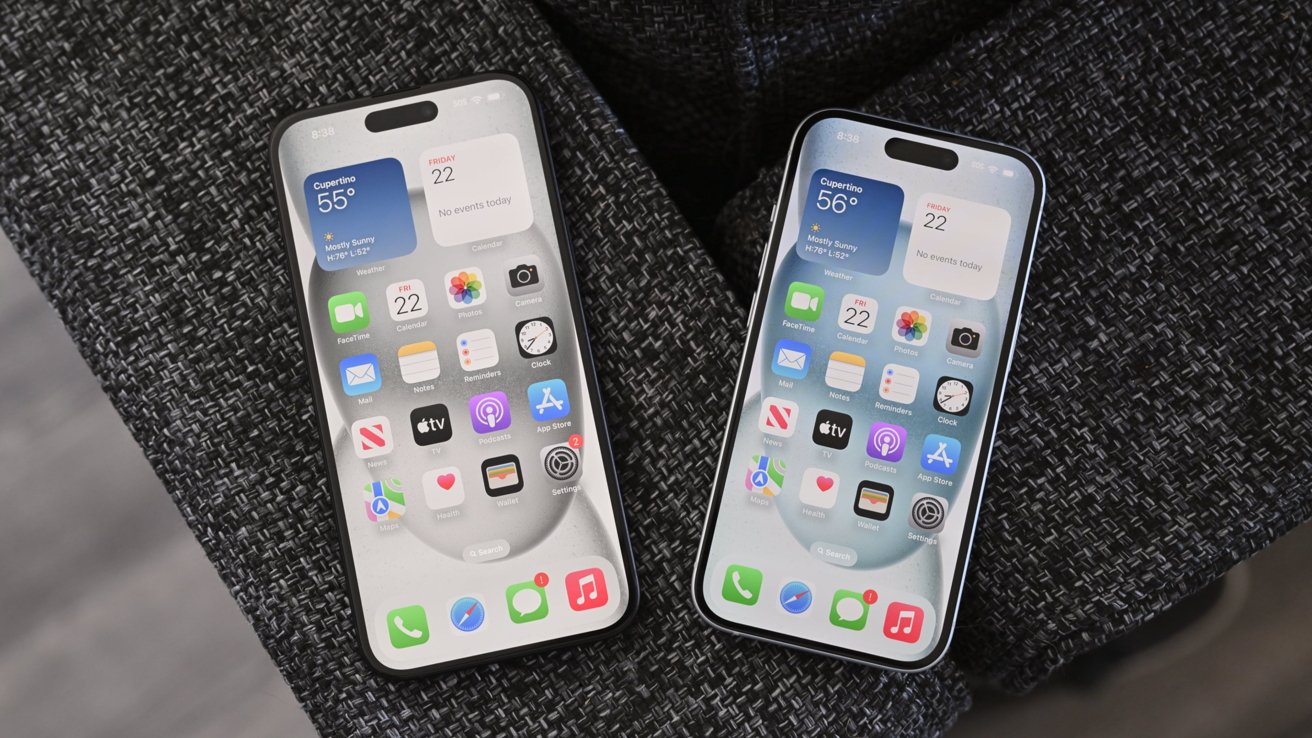


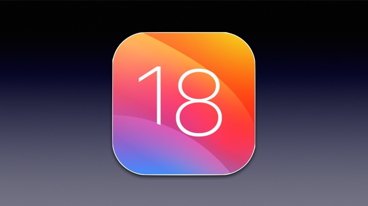
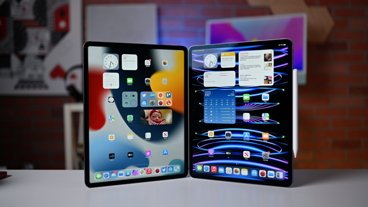









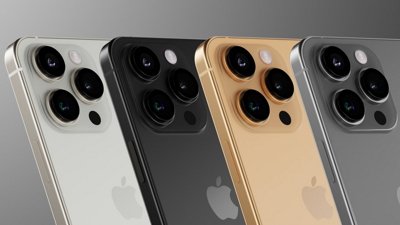
 Amber Neely
Amber Neely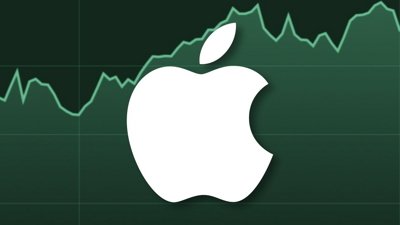
 William Gallagher
William Gallagher
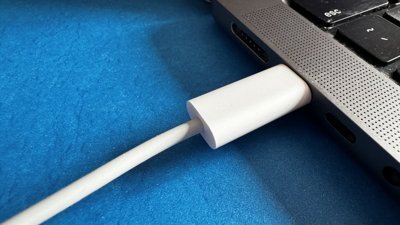
 Andrew Orr
Andrew Orr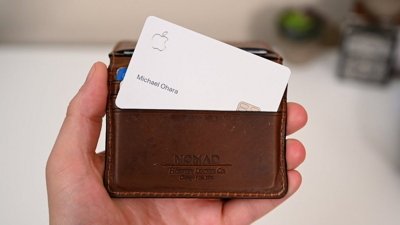

 Mike Wuerthele and Malcolm Owen
Mike Wuerthele and Malcolm Owen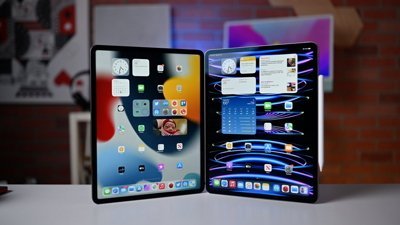

 Andrew O'Hara
Andrew O'Hara




7 Comments
Can’t they just cut the bezels off? *snip snip*
Why so consumed with micron-thin bezels? Personally, I feel there is a happy place somewhere between no bezel and thick bezels that still maximizes the screen yet also provides more protection from falls. If the bezel is almost non-existent, so is your screen glass when you drop it on the corner or side.
I’d like to see a side edge of titanium where the titanium IS raised slightly proud of the screen and is the bezel and there screen edge goes right up to it with no gap. It would be a metal version of the iPhone 4 bumpers, just thinner and metal.
While impressive on a technical and engineering level, the usability of thinner bezels is questionable. The 15 series iPhone already has impressively thin bezels and being the thinnest bezels yet is something Apple calls attention to.